33°02’34.1″S 71°37’51.3″W
03.12.2017
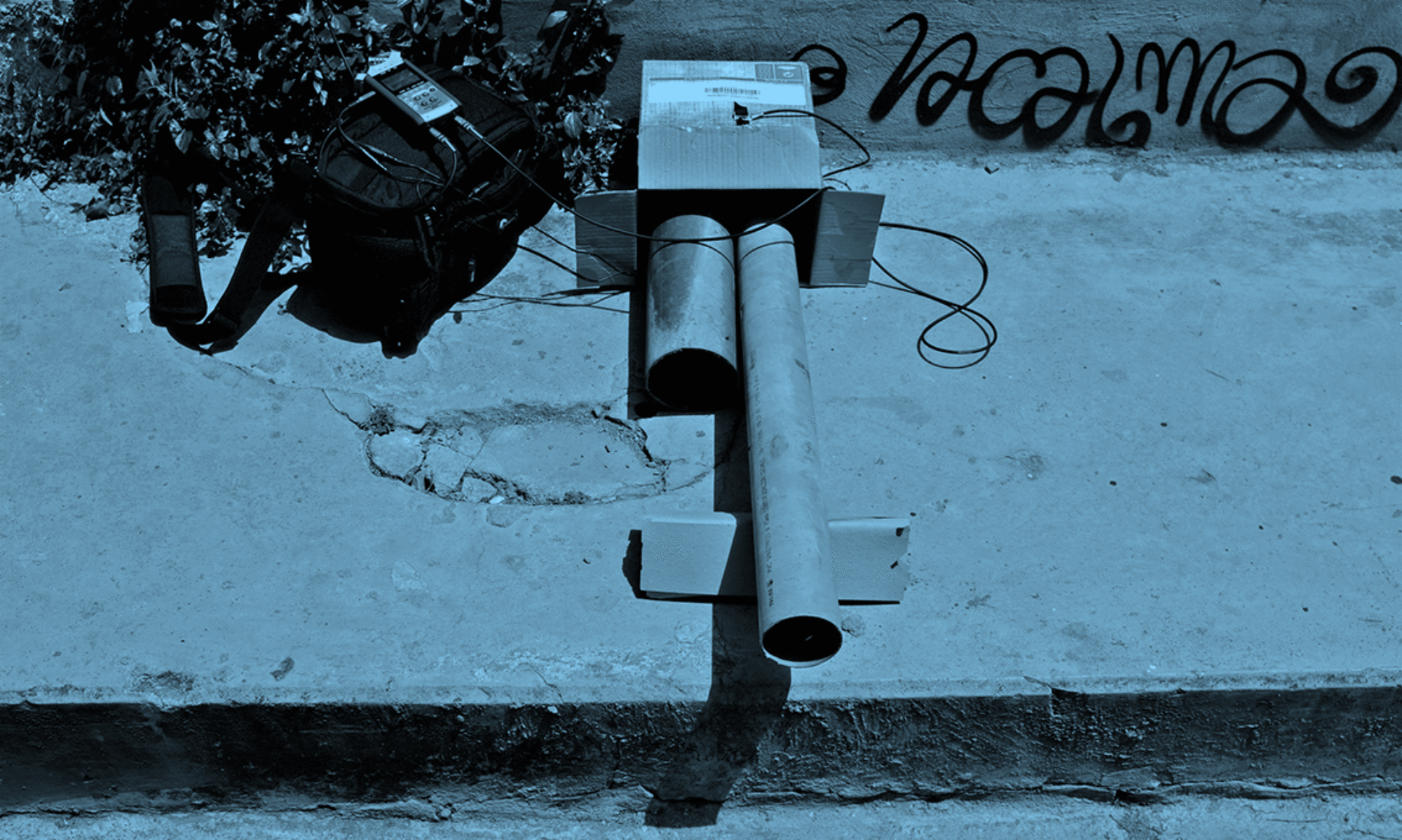
“Listening is selecting and interpreting and acting and making decisions.” – Pauline Oliveros
Several thousand miles south of the equator along the Pacific coast of South America, is the site of the Open City Amereida. It is a laboratory for thought and work, conceived and built by the faculty of architecture of the Catholic University of Valparaiso. Here architects, poets, artists, and engineers have been engaged in one of architectural education’s most radical experiments for several decades. The school has long been a destination for those seeking an alternative to conventional academic practice and teaching.


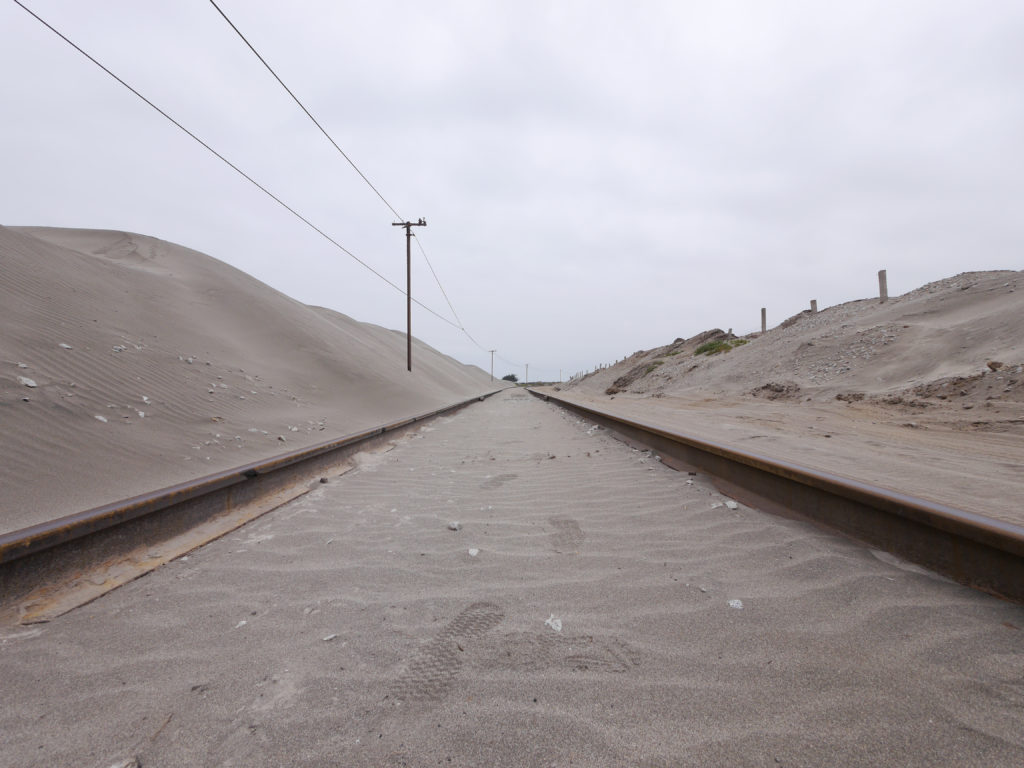


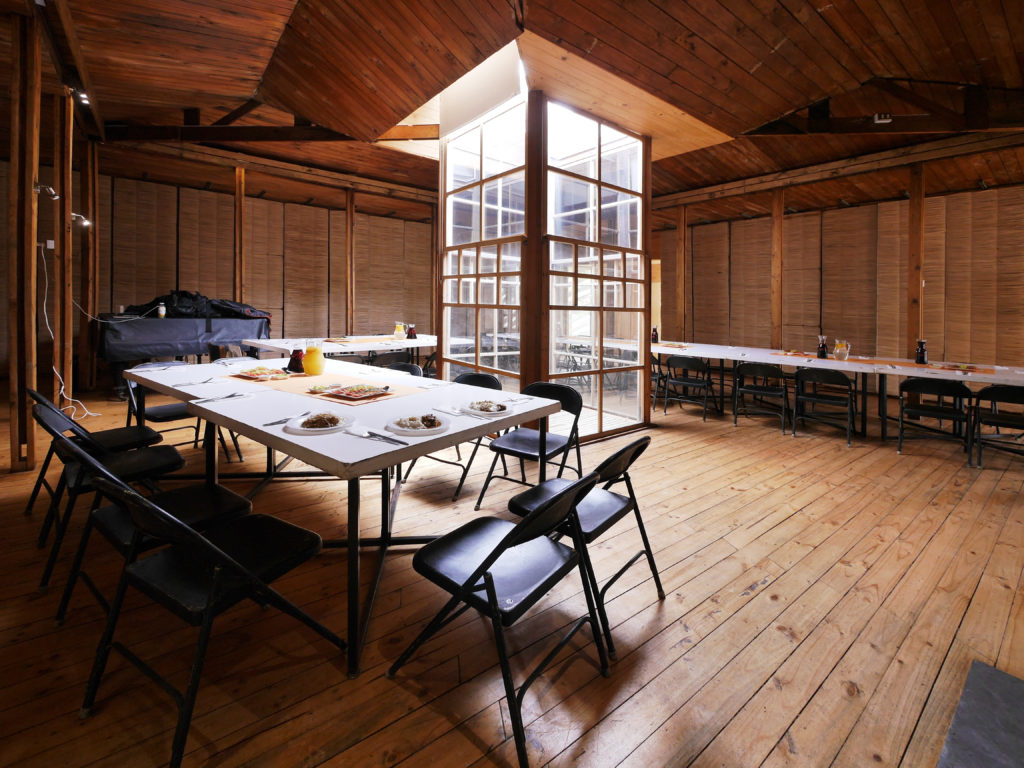
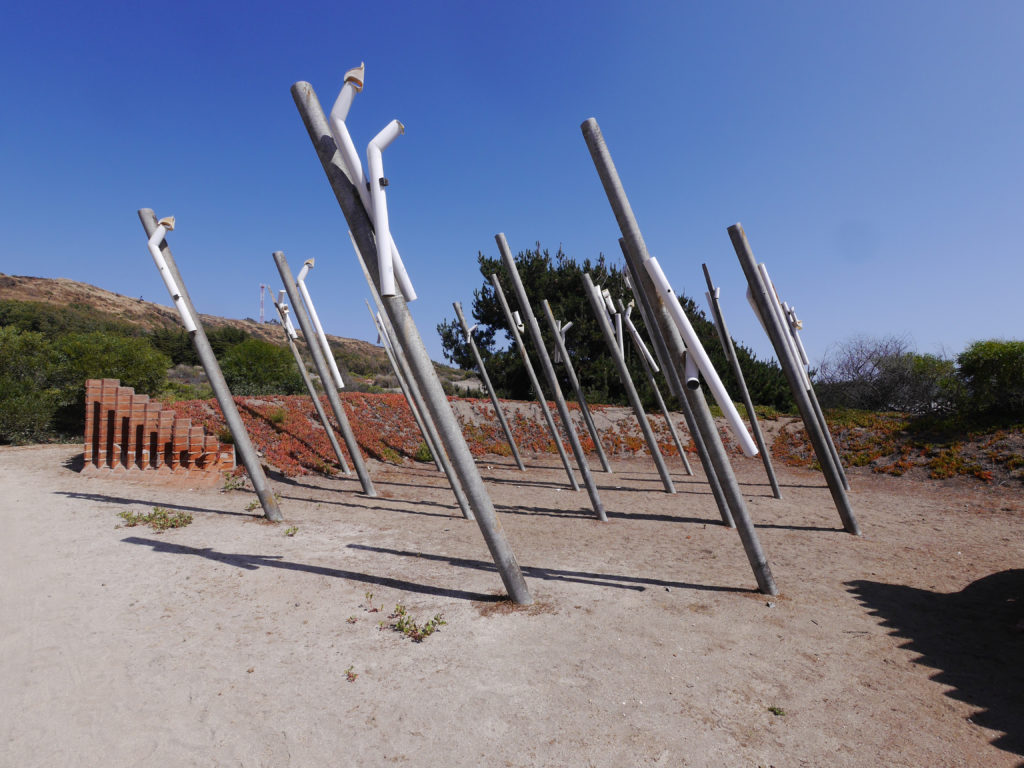

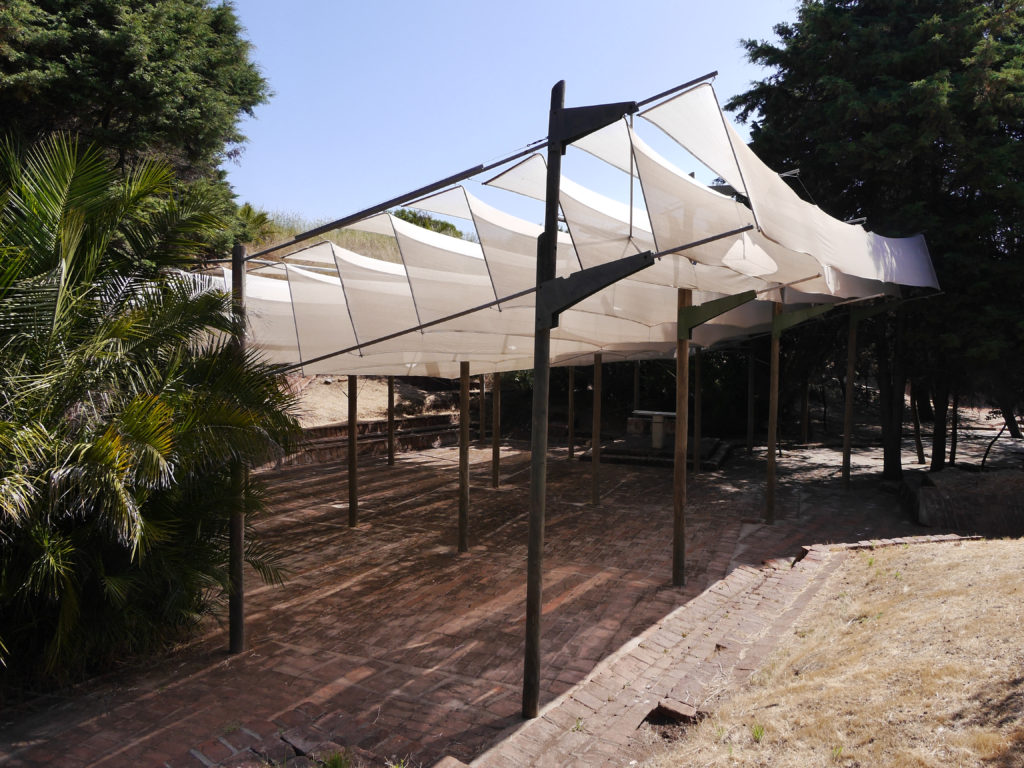
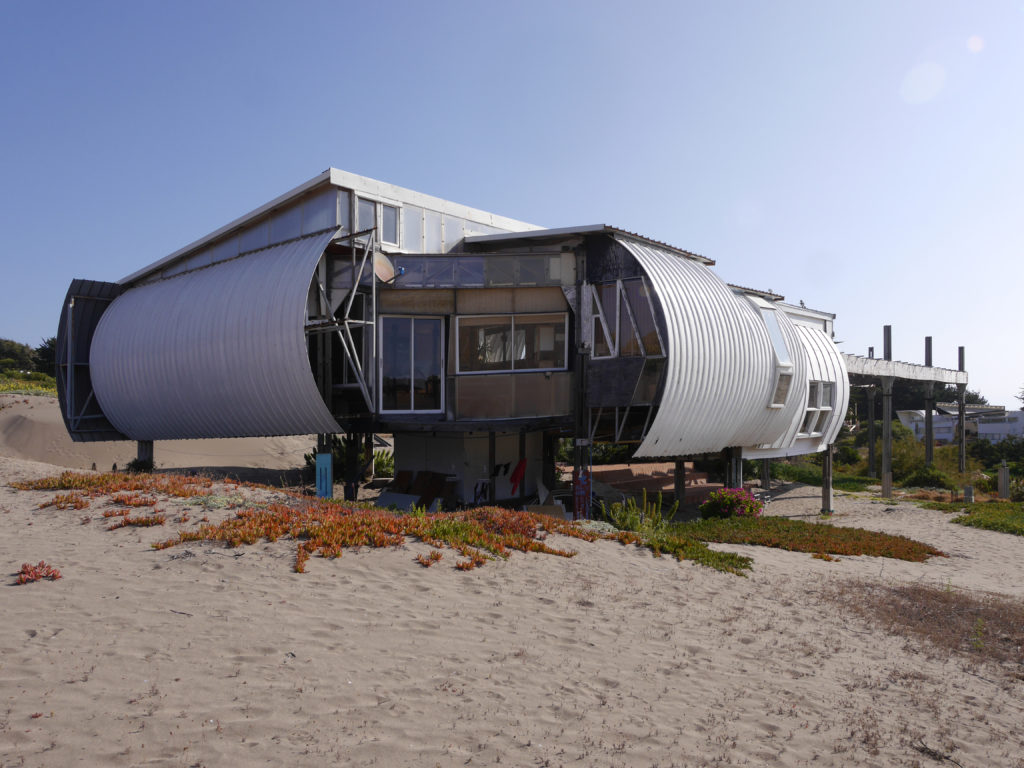

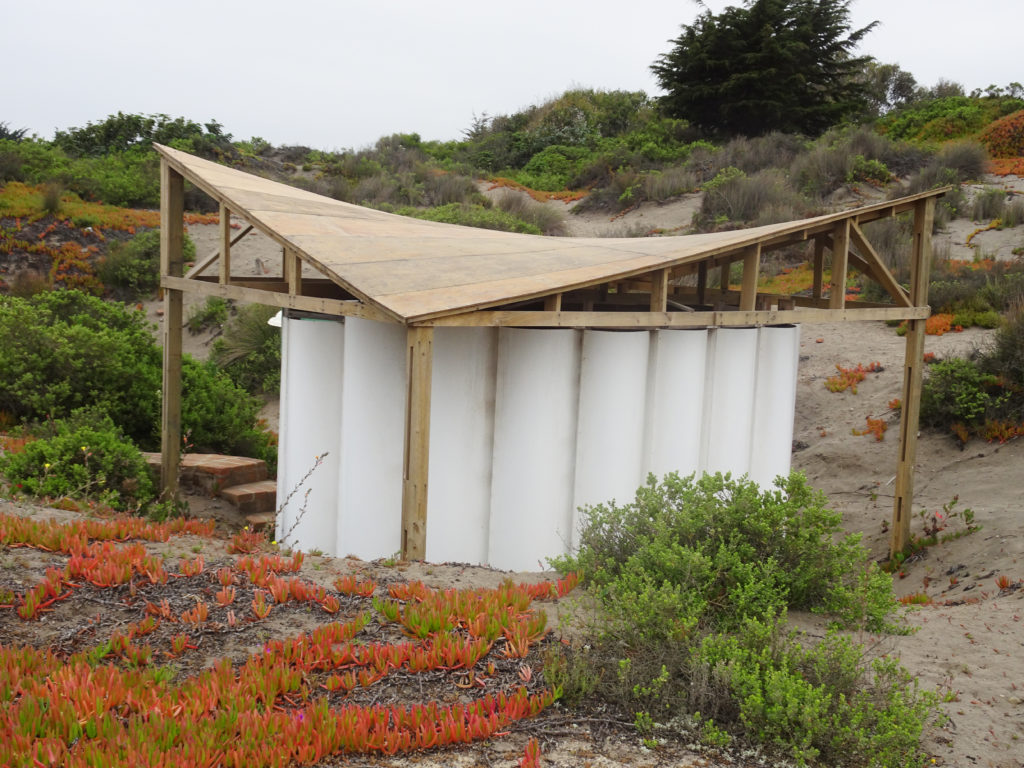
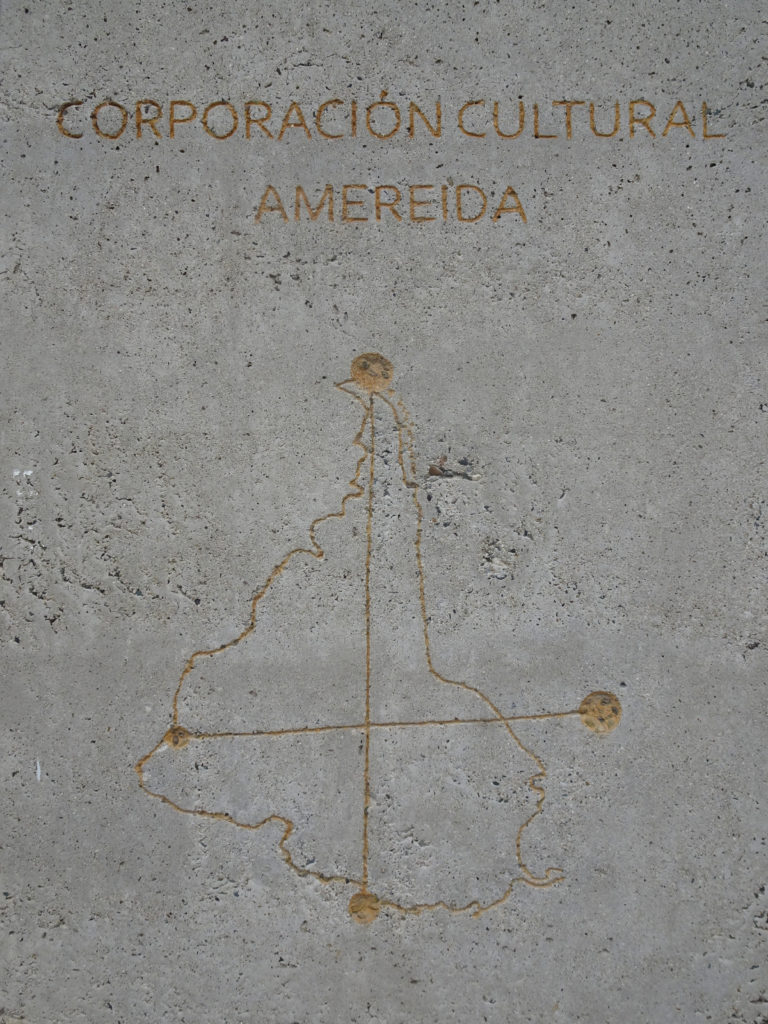
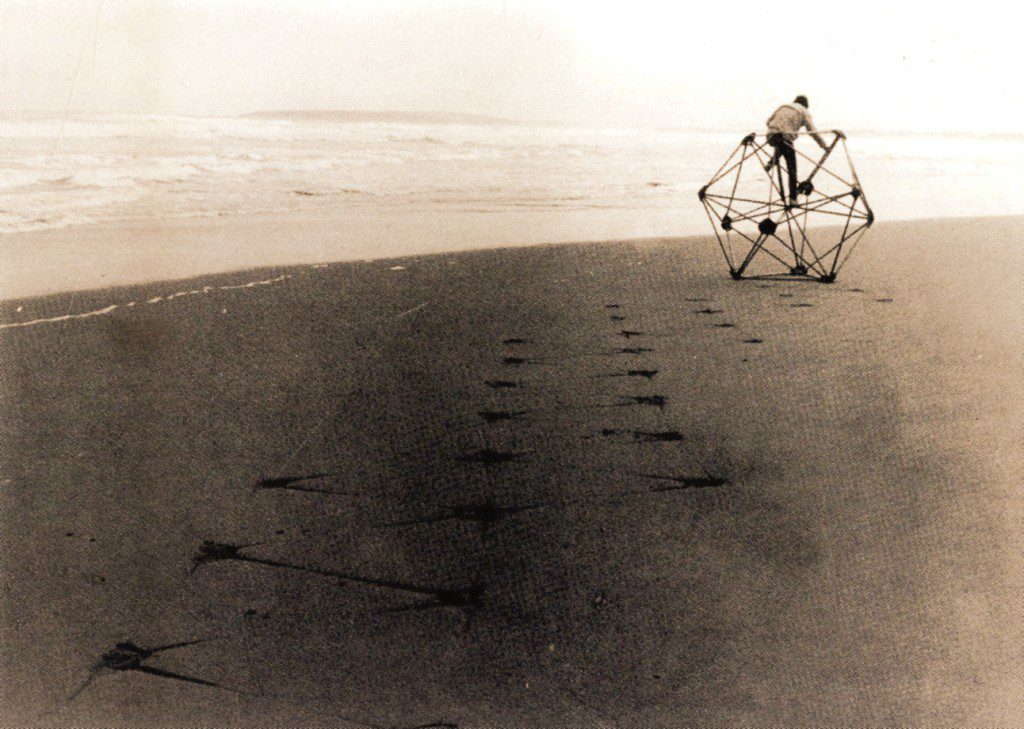
Exhibition @ Goethe Institut Santiago
06.12. – 31.12.2017 / opening 06.12.2017, 12:30
Sound art in public spaces constitutes the centre of Bonn Hoeren’s artistic work and research area. Initiated in 2010 by the Beethoven Foundation for Art and Culture of the City of Bonn, the curated project by Carsten Seiffarth (Berlin) has been studying continuously the acoustic conditions and sonic contexts which define modern urban spaces. For that Bonn Hoeren appoints yearly one artist to be that year’s city sound artist of Bonn. And with a residency the artist realizes a new sound installation for the city. In addition, the residences include acoustic research and onsite investigations as well as scientific side events and education projects.
The exhibition »Urban Sound Art« documents the large sound installation projects created by Bonn city sound artists since 2010. Works by Sam Auinger (2010), Erwin Stache (2011), Andreas Oldörp (2012), Christina Kubisch (2013), Max Eastley (2014), Stefan Rummel (2014), Edwin van der Heide (2015) and Gordon Monahan (2016) give an overview of how diverse the sound artists’ engagement with urban situations and spaces under Bonn Hoeren is.

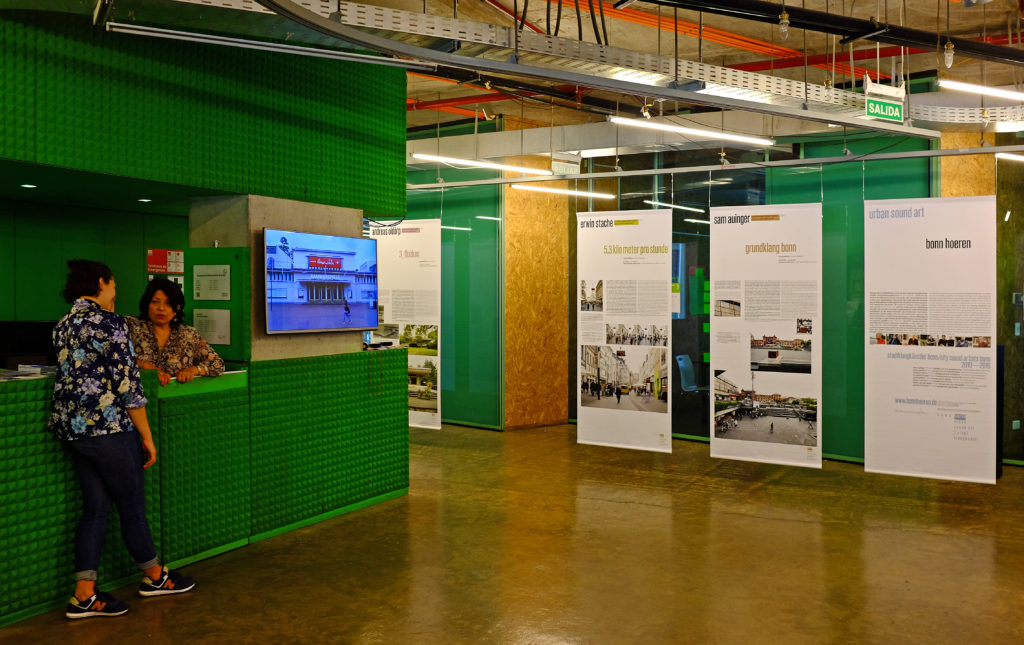
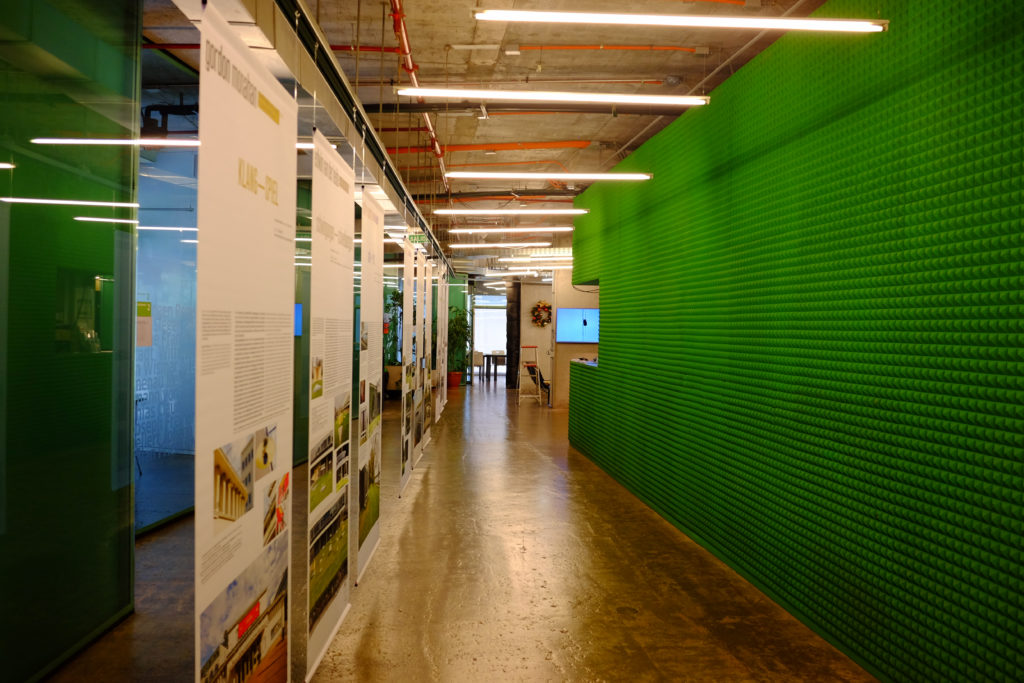

»Urban Sound Art« is an exhibition of Bonn Hoeren, a project from the Beethoven Foundation for Art and Culture of the City of Bonn.
In Collaboration with the Goethe-Institut Santiago.
Artistic and Project Leader: Carsten Seiffarth
Co-curator, exhibition texts: Markus Steffens
Translations: Philip Jacobs
Set-up in Santiago: Carsten Stabenow
Design: graphic office cyan
33°01’36.0″S 71°38’10.3″W
27.11.2017
microphone, amplifier, headphones
If from time to time I ascribe independent agency to noise, I hope to catch myself at paragraph’s end and return us to the people, hard-pressed, middling or wealthy, young or middling or centenarian, urban or rural or suburban, military or civilian, who give meaning to noise.
quote source: Hillel Schwartz - Making Noise - From Babel to the Big Bang and Beyond, MIT University Press, 2011
quote source: Friedrich Kittler - The City Is a Medium, New Literary History 27 (4): 717–29. 1996.
33°01’22.9″S 71°38’32.9″W
27.11.2017
3 loudspeakers, microphone, audio recorder
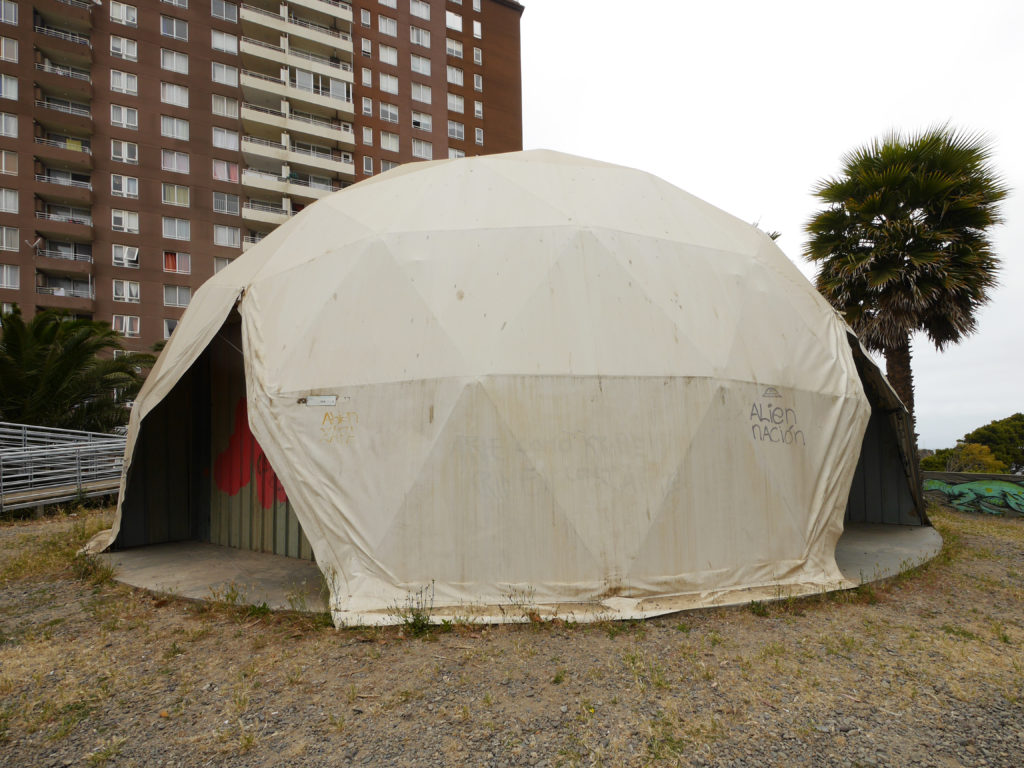
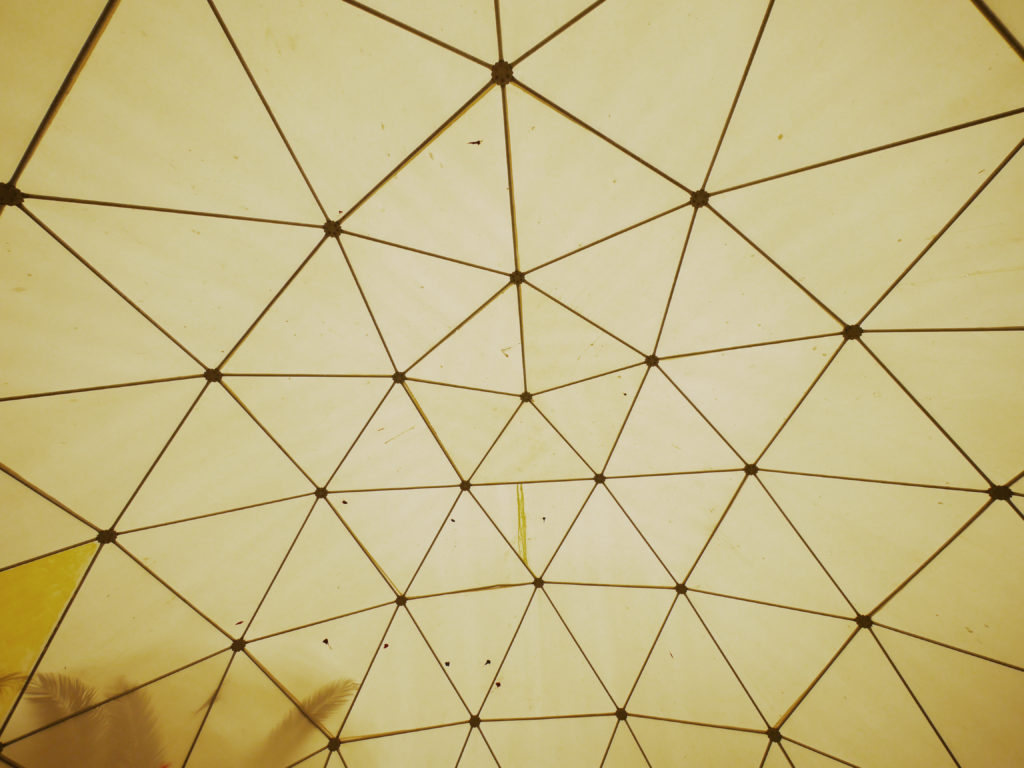

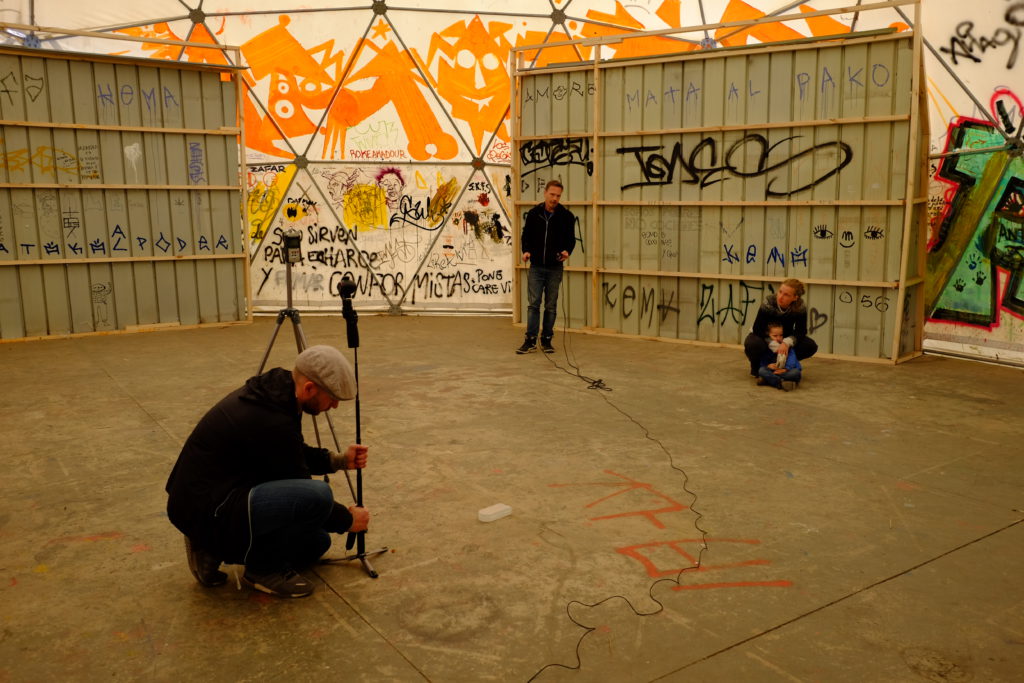
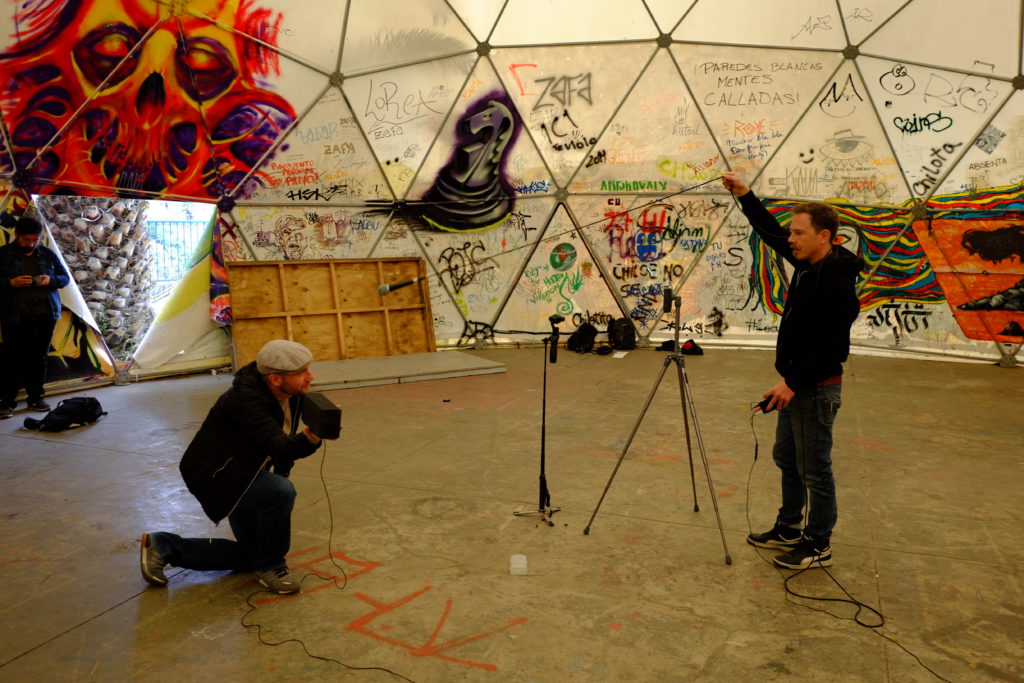

The listener is the operator. Composition, then, beyond the realm of music, calls into question the distinction between worker and consumer, between doing and destroying, a fundamental division of roles in all societies in which usage is defined by a code; to compose is to take pleasure in the instruments, the tools of communication, in use-time and exchange-time as lived and no longer as stockpiled.
quote source: Jacques Attali, Noise: The Political Economy of Music, University Of Minnesota Press, 1985
33°02’50.4″S 71°37’31.1″W
26.11.2017
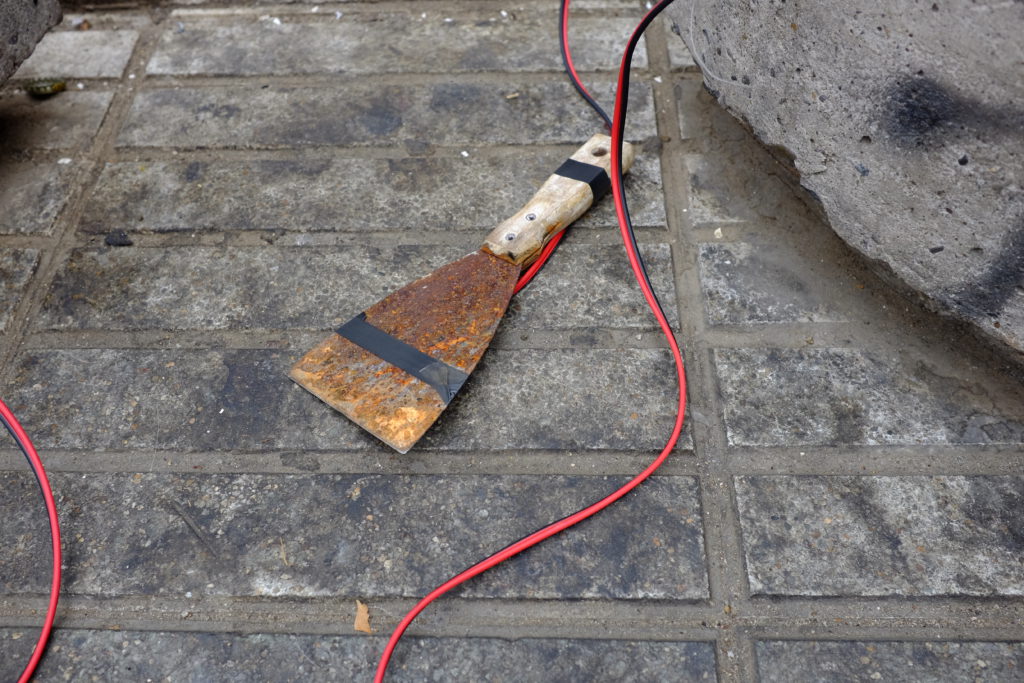
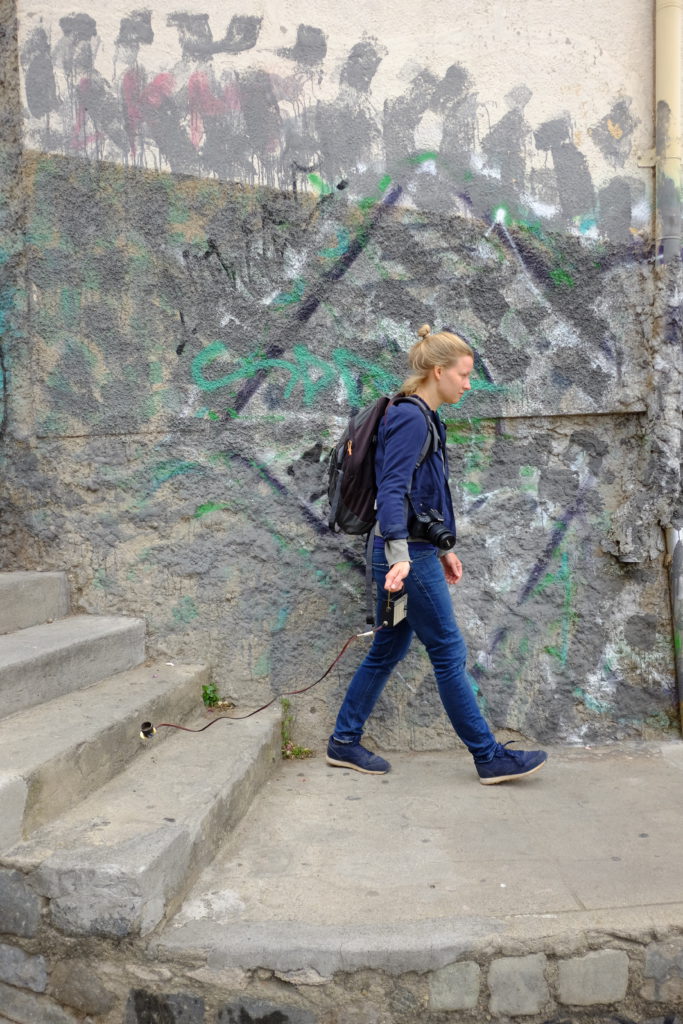
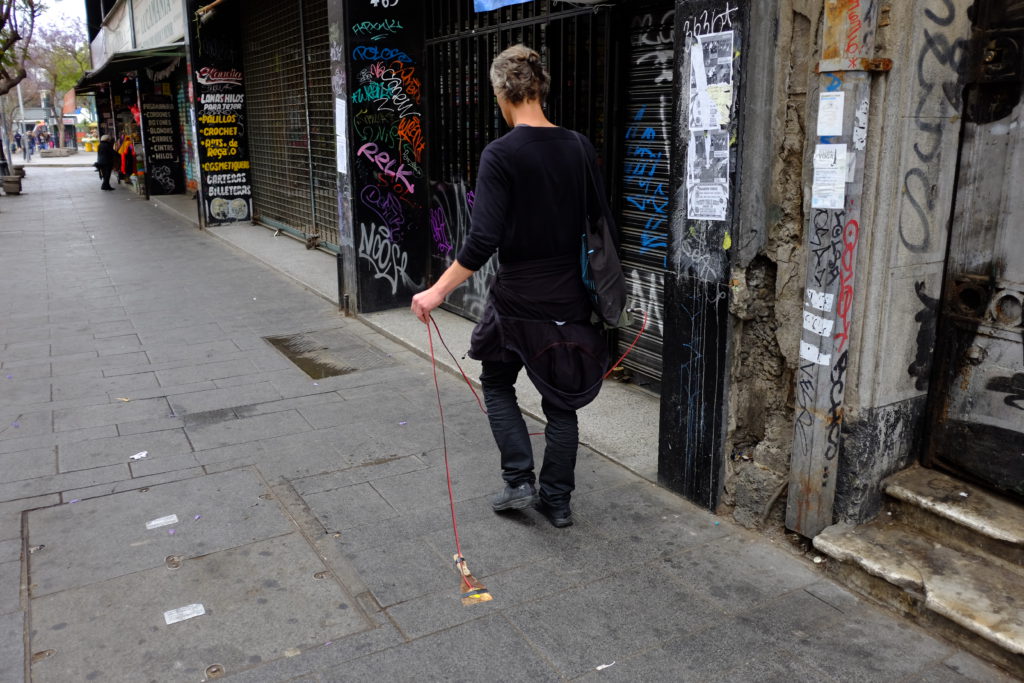
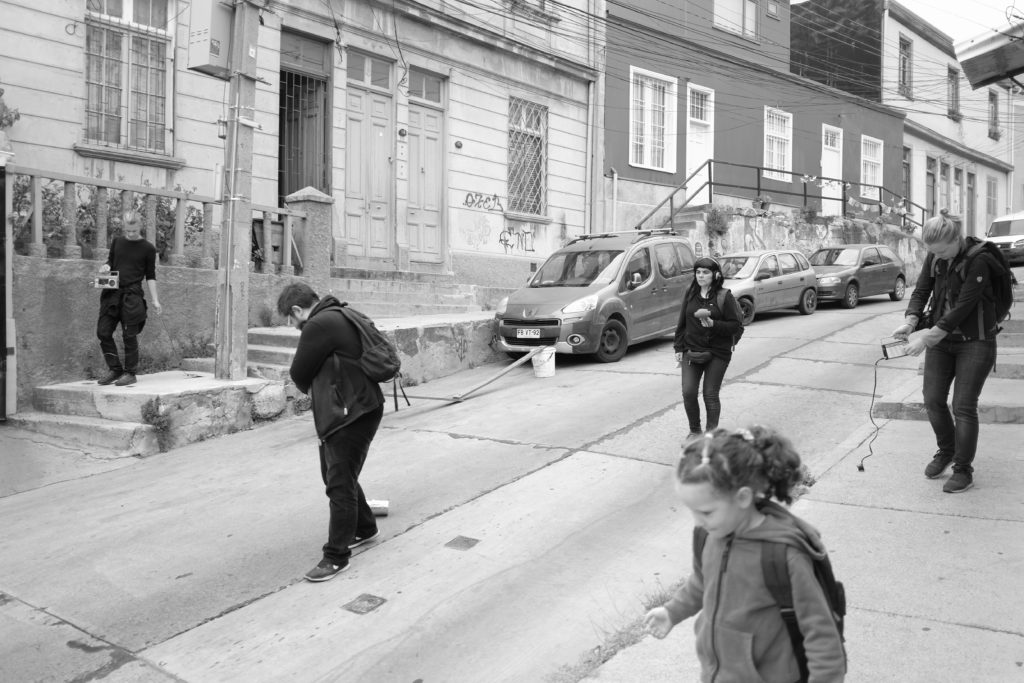
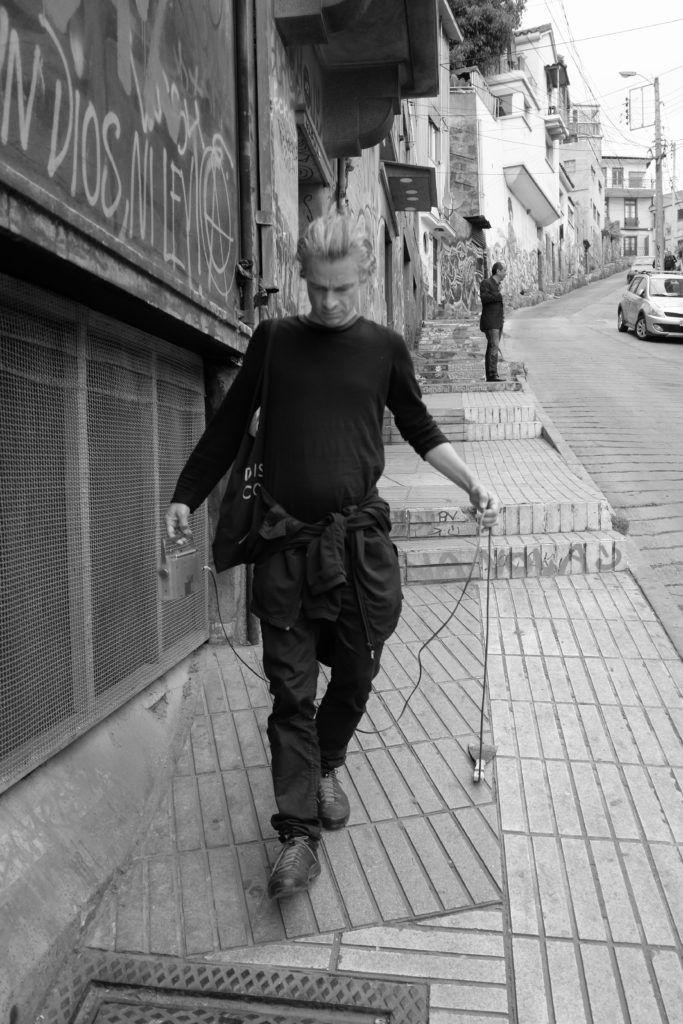

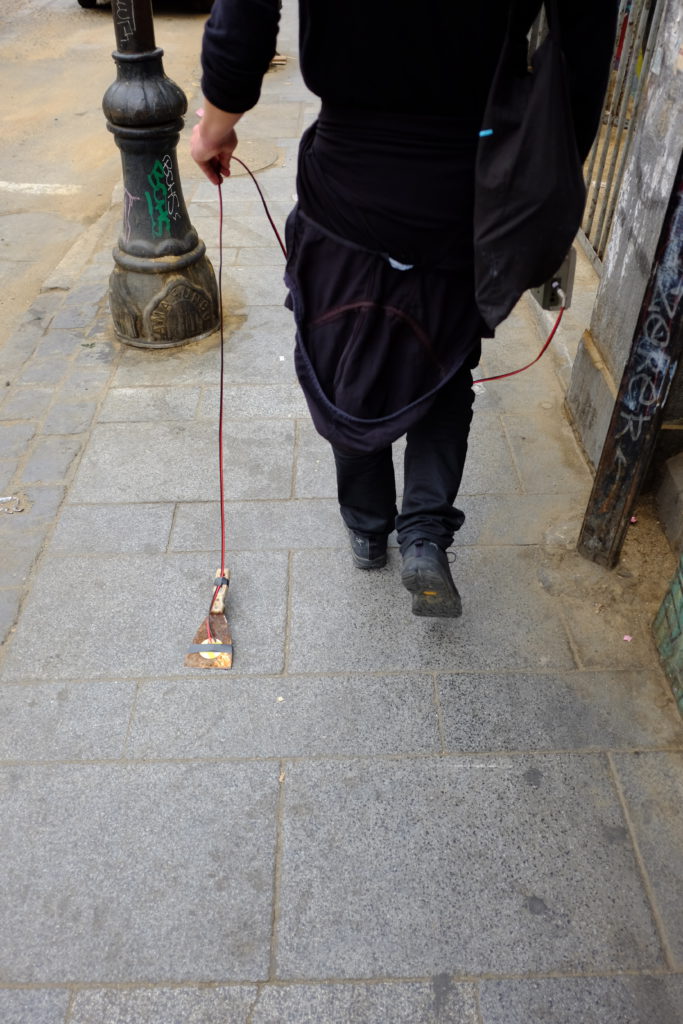
33°02’45.0″S 71°37’26.8″W
26.11.2017
2 clip microphones, 2 amplifiers
33°03’03.9″S 71°36’02.1″W
26.11.2017
shotgun microphone, amplifier, loudspeaker